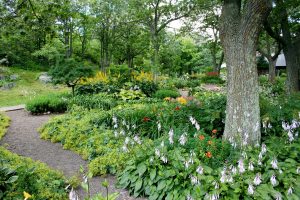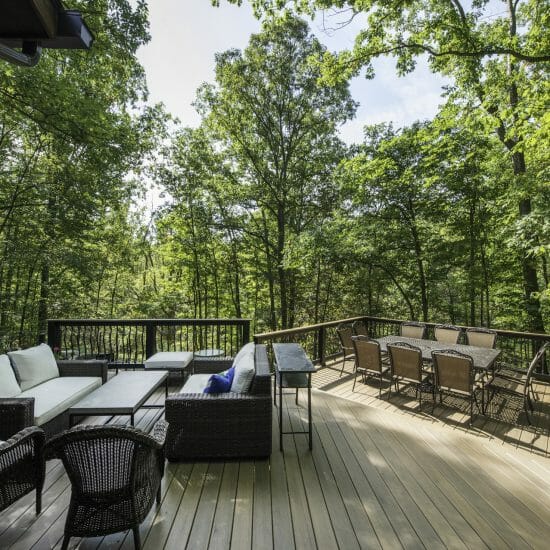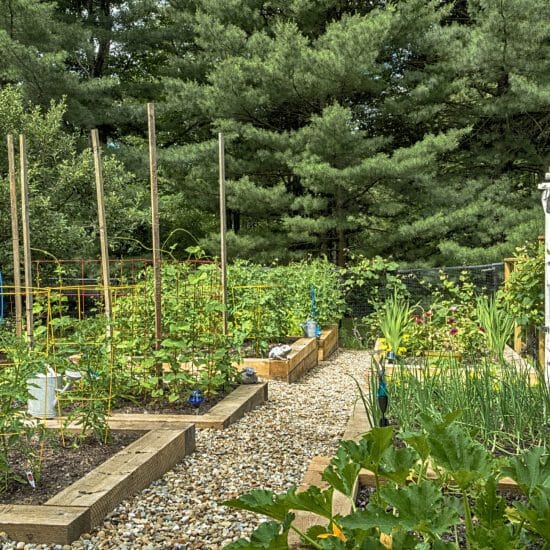
Below are some tips that can be used to maintain your landscape:
• Select plants that are compatible to the climate and growing conditions of your location. Typically, native plants are well-adapted to the local conditions and can withstand the rigors of temperature fluctuations. In addition, you should choose trees with strong wood or structure to lessen the impact that fluctuation can have on them.
• It is important to keep plants healthy. This is especially because healthy plants have a greater capacity to handle different types of stress.
• Perennials should be mulched and young trees wrapped to safeguard them against the fluctuating temperatures.
• Make sure that an even moisture level is maintained. Water and mulch as required and improve the soil to assist with the retention of moisture.
• If you are located in an area with extremely windy conditions, planting a windbreak might be something you want to think about.
These are some of the methods that can be used in maintaining landscaping during hot days and cold nights. Of course, you have the option of hiring a landscaping professional to help in minimizing the effects of temperature fluctuations.
Remember that regardless of how well-executed your plan is, Mother Nature is still in charge. However, it is important to be aware of weather conditions and do your best to safeguard your landscape.


